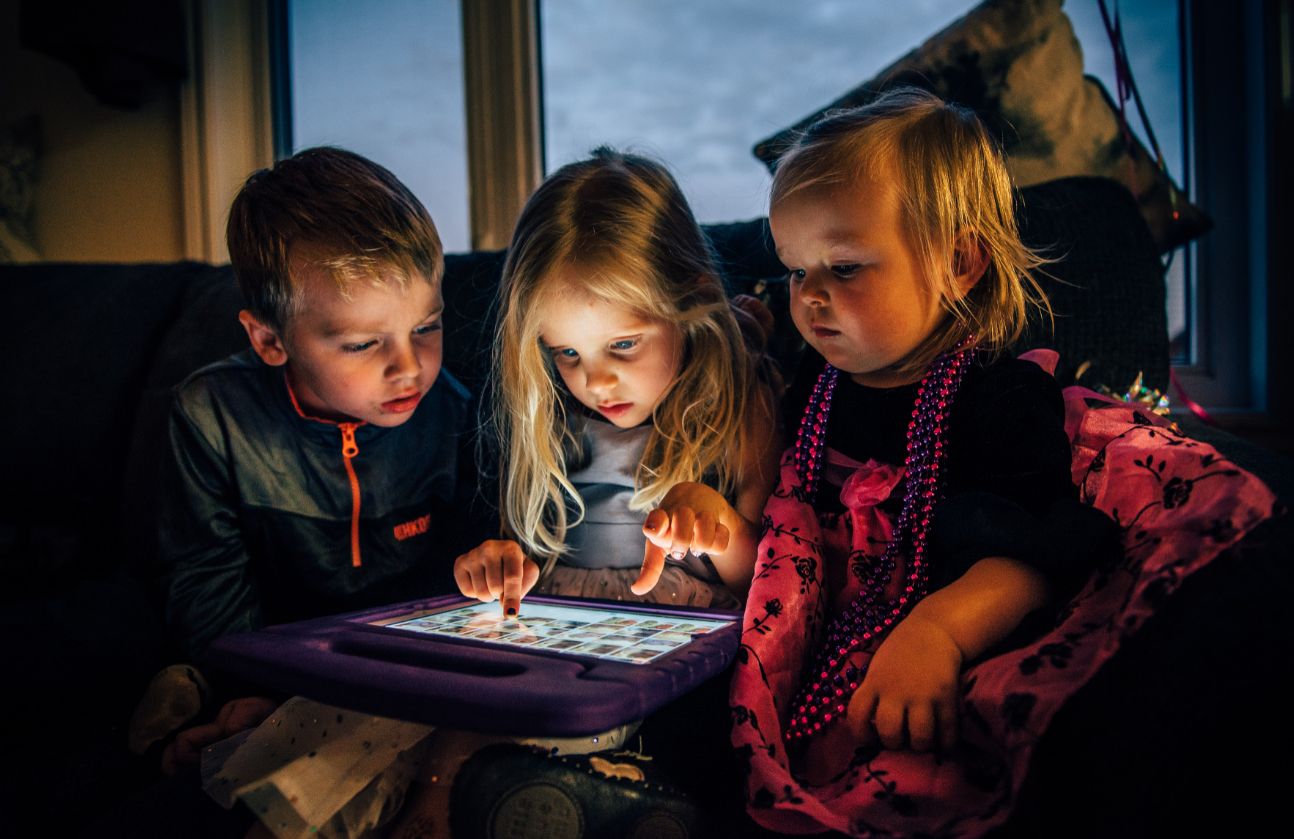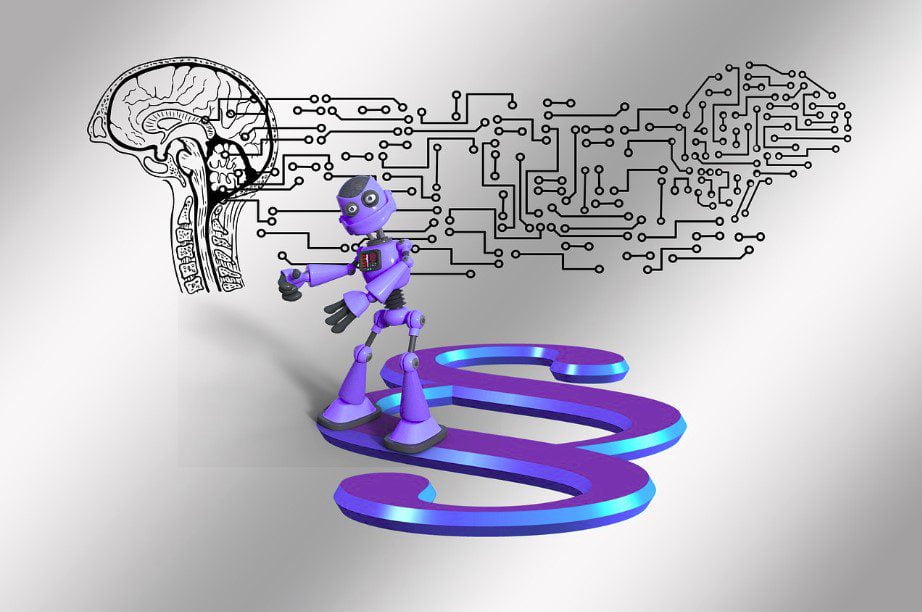The concept of digital ethics for kids has gained popularity in the 21st century due to the extensive reach of technology, in addition to concerns over its use.
With digital ethics in place, the goal is to make children understand they can pay a price for poor use of the digital ecosystem.
In the absence of clearly outlined guidelines, netizen children are bound to abuse technology now that it is second nature in their lives. They work, eat, socialize, and even sleep with some form of digital intrusion, and this comes with multiple challenges.
Notable are the encounters they can have with online sexual predators, cybercriminals, bullies, fake news, and invasion of privacy. In a much bigger picture, they are bound to share information without much thought, and infringe on intellectual property!
Technology is also a silent thorn in their lives since it exposes them to multiple health risks!
Redefining Digital Ethics and Citizenship for Kids
Digital ethics stands for user awareness and accountability while interacting with technology tools such as the internet, personal computers, and the complete big picture of the digital ecosystem.
It is more of tech etiquette or guidelines designed to instill self-control in order to avoid nuisances and offenses that come with device and data abuse.
The same explanation can be said of digital citizenship. Teachthought defines digital citizenship as,
The quality of habits, actions, and consumption patterns that impact the ecology of digital content and communities.
Arguments for Digital Ethics at Home

Digital ethics for kids, or better still, responsible use of technology should be an option because of the following arguments:
1. The effects of technology on child health and wellbeing
While productivity and entertainment industries have benefited immensely from technology, it is also true that technology ships with plenty of unpleasantries.
As far as health is concerned, there is concern over the emission of low-level non-ionizing radiation Electromagnetic fields (EMF) from Wi-Fi, microwaves, cellphones, computers, electric installations – meters, cables, sockets, etc.
This and other pollutants contaminate the air and will become worse as we purchase even more devices!
Scientists have reported adverse health effects of using mobile phones including changes in brain activity, reaction times, and sleep patterns. More studies are underway to try to confirm these findings.
Health risks associated with mobile phones use
Children, just like adults, are exposed to EMF when they place cellular phones in pockets, sleep with them under the pillow, and talk through them for extended hours.
Repeated exposure to EMF can lead to health complications such as cancer, obesity, ADHD, and impaired mental health. Then there are the ‘silent’ effects such as tech-neck, back pain, numbness, and eye strain.
Too much screen time also denies children and adults time together and time for physical activity, sleep, and of course exposure to daytime natural light.
2. Technology and the environment
Besides contaminating the air, the haphazard disposal of electronic hardware is a big problem for the environment as well. Improper disposal of electronic hardware is known to damage the climate, water, land, and air.
This is because electronic equipment does not dissolve in the environment as quickly and the pile-up over the years leaves a lasting degradation.
higher percentage of environmental problems is a direct result of technology mismanagement by innovators and users. A small portion of environmental issues relate to economic, social and natural changes resulting from human activities. Environmental pollution, ecological systems disturbances, depletion of natural resources and climatic changes resulting from global warming are technological influenced. Technology is significant in development and increased productivity to satisfy human need, but uncontrolled technology impacts environment negatively.
Essays, UK. (November 2018). Technology has bad effects on environment.
Responsible digital citizenship for children starts with developing awareness and creating working solutions for the safe disposal of electronic hardware.
3. The case against inappropriate content online
Cell phones and other digital forms greatly interfere with family and social interactions, because they cut down on the number of hours children, peers, and parents communicate face-to-face.
Besides the social disruptions, extensive indulgence with the internet exposes children to inappropriate content online, where they also have to deal with cyber-bullying, stalking, and trolling.
Whereas many children are at pains trying to deal with these ills, some of them actually perpetuate the same ills by tormenting their peers.
Preteens and teens also happily share their private lives, photos, and video clips with online strangers all in the name of wanting to appear relevant and acceptable.
In what is known as Fear of Losing Out (FOMO) they now use online tools to pimp their images in order to look ‘beautiful’, ‘handsome’, and ‘exotic’.
This is a roadmap to insecurity, low self-esteem, and of course misuse of technology. Most of the time, parents are unaware of these ills most of the time because they are busy at work, swiping away, or simply lack the know-how.
4. Technology abuse at home
Excessive use of smartphones and other personal computers interferes with the time parents have to spend communicating with children.
Deliberate strategies are in order if we are to keep technology in check. This includes creating tech-free zones in the places mentioned below:
- Mealtimes
- The bedroom
- Amidst house chores such as doing dishes or laundry
- During child playtime
- Homework sessions
Of course, it is next to impossible to achieve the set targets all the time, but somehow it has to start somewhere. The tech-free zones should be observed by children and parents alike.
5. Inclusive technology at home
Family engagement is important in helping children become responsible digital netizens. This involves keeping tabs on how long and for what purpose everyone is using technology.
For one, every family can develop a habit of watching movies and playing games together instead of leaving children to run riot on their own.
Besides entertainment, children can be helped to use technology creatively to accomplish educational assignments.
Parents can also enforce a deliberate balance between domestic chores and the use of smartphones, computer games, and movie watching.
Apportioning specific hours for homework, gameplay, and prioritizing plenty of unstructured playtime for children cultivates a sense of order at home.
Leisurely screen time should be limited to 2 hours a day for children below 5 and keeping other factors constant, additional hours can be set aside when computing is done for educational reasons.
Playtime and the big picture of physical activity should be compulsory in the family menu. It is a positive detractor from unnecessary indulgence in technology, and a habit that children actually love doing.
6. Device/data management & security
It is only a few years now since smart devices and the larger picture of the Internet of Things (IoT) became ubiquitous.
Those who can, now automate domestic chores and remotely activate/deactivate devices at home.
Typical IoT devices include smart speakers, smart cameras, fitness trackers, gaming consoles, smart bulbs, smart doors, smart fridges, mobile phones, interactive robots, smartwatches, and of course, smart TV sets and laptops.
There is, however, a problem with this setup now that IoT devices require internet connectivity to function correctly.
Questions over data management, configuration, and ultimately, security top the list. While there is possible data compromise by hardware and software manufacturers, the real threat comes from cybercriminals who hack them for ransomware and other reasons.
An attack on one device with an insecure configuration is a sure gateway to other devices at home.
A typical scenario involves hacking the security camera to access video and audio feeds or hacking the TV set in order to install Ransomware on the laptop.
Below are a few digital ethics tips to keep children and homes safe from cyber criminality:
- Boost digital literacy in order to secure data and implement hack-proof security
- Secure devices by using up-to-date security software
- Securely store information on smartphones and computers
- Limit office work at home
- Use content control hardware and software for the privacy and safety of children
- Minimize carelessness and ignorance when interacting with technology at home
7. The right to privacy
For years, we have defined online privacy as the protection of personal data from online snoops and criminals.
True privacy, however, goes a step further. It involves safeguarding what we know about others too.
Children should,
- respect others’ needs for privacy
- seek consent before sharing third-party content such as images, videos, and conversations
- avoid noisy (voice call) inconveniences
- desist from cyberbullying and indulging in hate content
- respect and tolerate other religious and cultural opinions
Children should also pay close attention to the kind of information they share willingly online. Every time they install apps on their smartphones they become willing partners with app developers when they accept Terms of service that they never read.
Summing Up
The following can go a long way to cement the concepts of digital ethics for children at home:
- Kids should learn to reduce on the many hours the binge on tech devices
- Develop awareness about fair use of the internet, intellectual property, digital fingerprinting, and copyright
- Learn to cite information sourced and used online
- Improve digital literacy by valuing credibility over fake news and misinformation
- Children too should hold parents accountable for the misuse of technology.



Leave a Reply